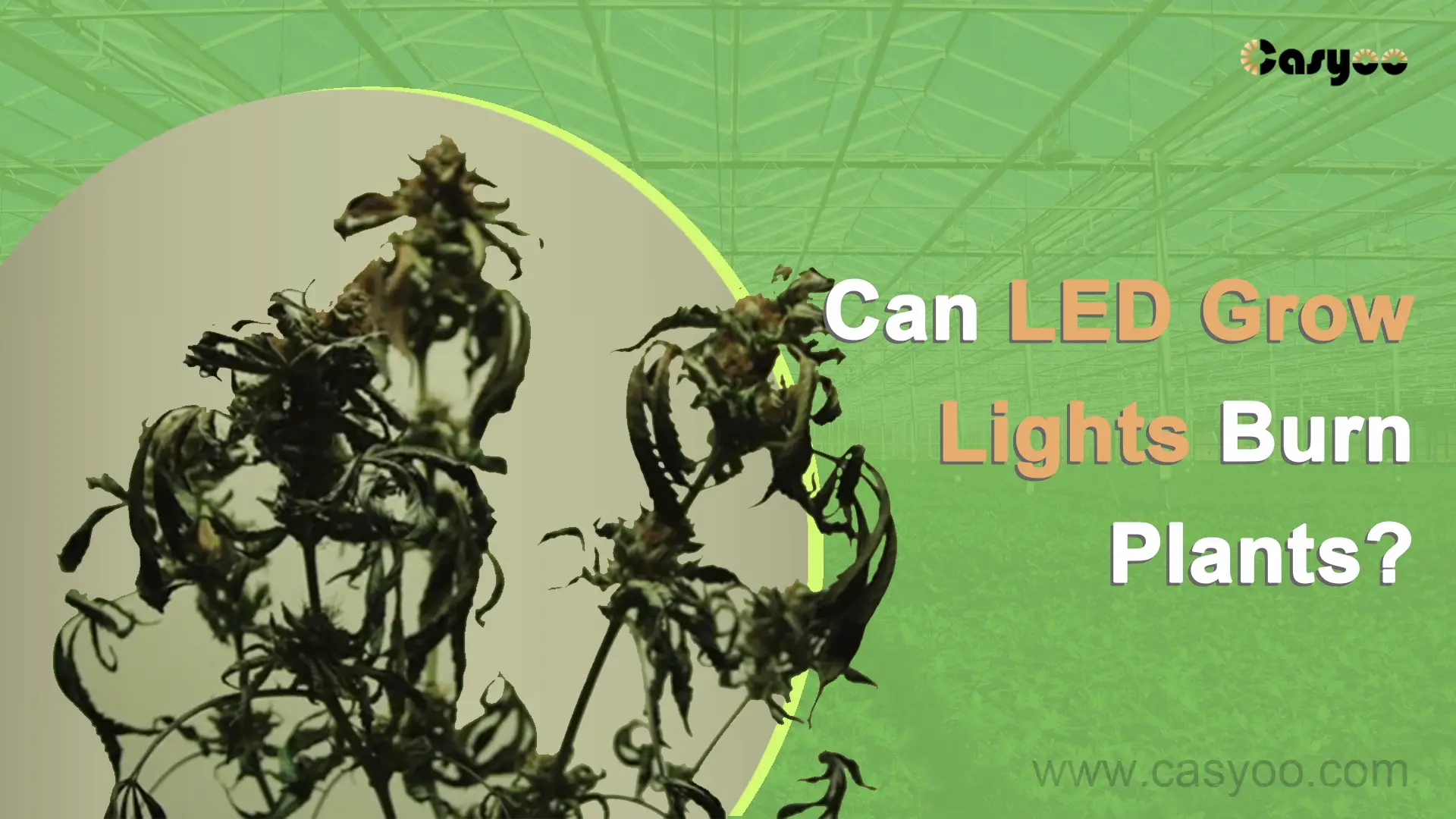The answer is yes. Many gardeners are aware of the importance of light to plant growth. However, they don’t realize that grow lights, even LED grow lights can burn plants if utilized incorrectly.
Can Plants Recover from Being Burned?
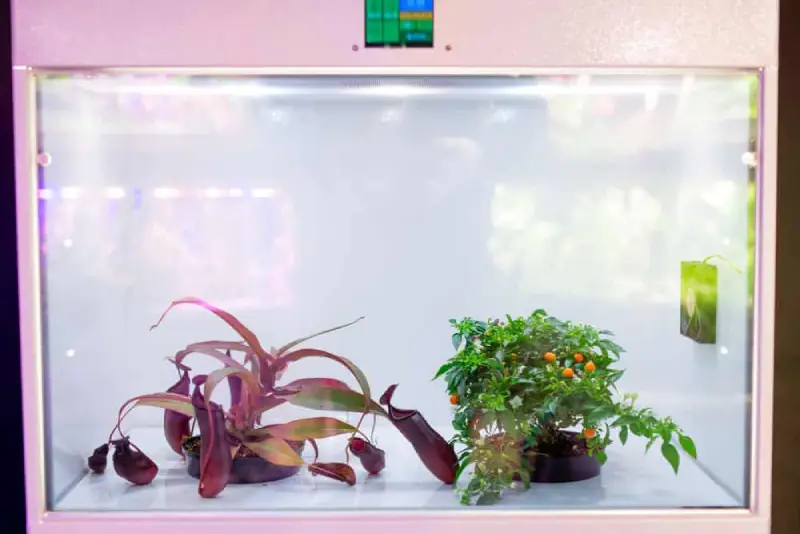
There is no way to bring your plants back to their full, green, and healthy state after light burns.
To lessen the strain, it is best to take off the damaged leaves if you find that your plants have burned. Next, relocate your plants to a less bright spot, preferably one with filtered light instead of direct sunlight.
The burnt area cannot be repaired. Identifying any potential threats and fixing them is the only thing to do.
What Are the Symptoms of Plants Burned By LED Grow Lights?
Your indoor plants will suffer from heat stress and burn symptoms when exposed to too much light or heat, as listed below.
Discoloration of the Leaves
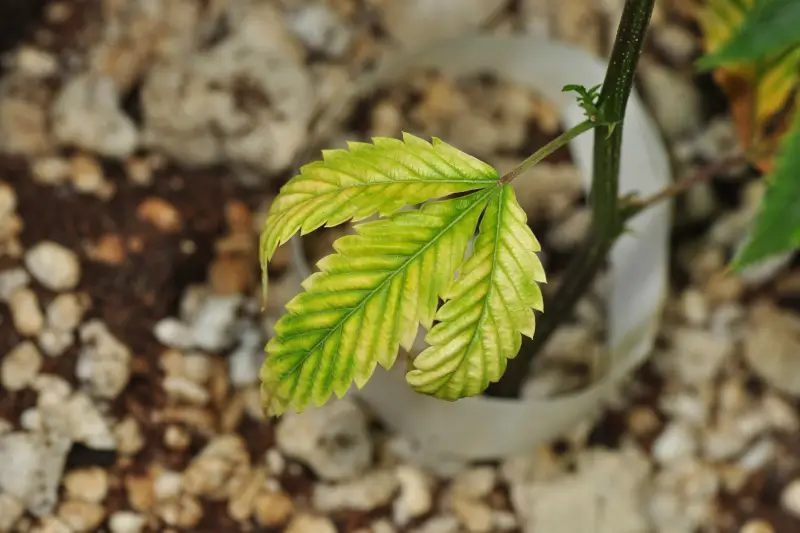
Brown or yellow patches on the foliage are the most typical indication of burnt plants. In most cases, the discoloration manifests as burnt patches; in the worst situations, the leaf may completely wither.
Curling Leaves
The leaves fold or curl inward to minimize surface area so as to reduce water evaporation when they receive too much heat. In the long term, this does harm your plant’s ability to produce food, thus thwarting the overall growth.
Dry Leaf
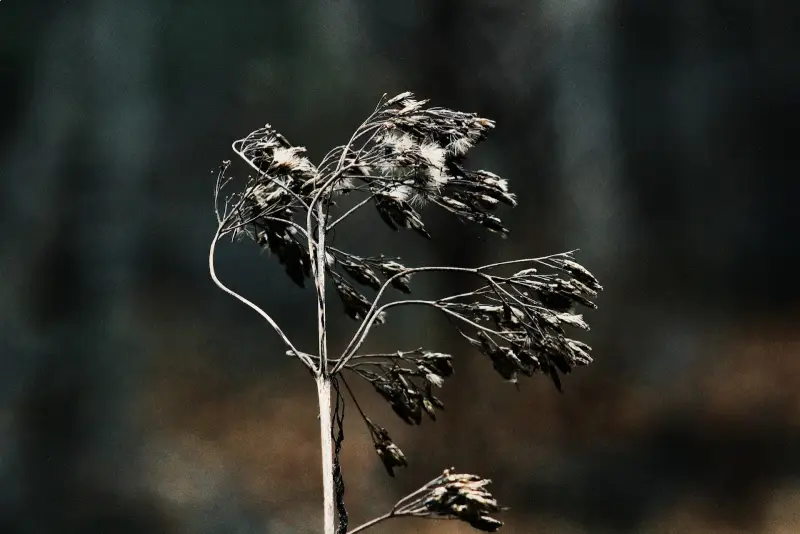
If indoor plants are exposed to too much heat, they may lose moisture quickly, which could lead to dehydration. The leaves may consequently dry out or become weak, which can cause abnormal growth.
Stunted Growth
Heat stress will lead to shorter stems, smaller leaves, and decreased fruit/flower production.
Wilting
High levels of light, coupled with hot temperatures might disrupt the water balance of the plants. Your plant’s leaves droop or wilt as a result.
Dropping Leaves
Dropping leaves from indoor plants indicates a problem with the growth pattern rather than being normal. As a means of survival, plants typically shed their leaves when they burn. It indicates that the plant is under a great deal of stress and is unable to adapt to the current environment.
All these symptoms suggest that your plants are being burnt. If you notice any of these signs, you should investigate the cause and might need to adjust the lighting for your plant.
What Causes LED Grow Lights to Burn Your Plants?
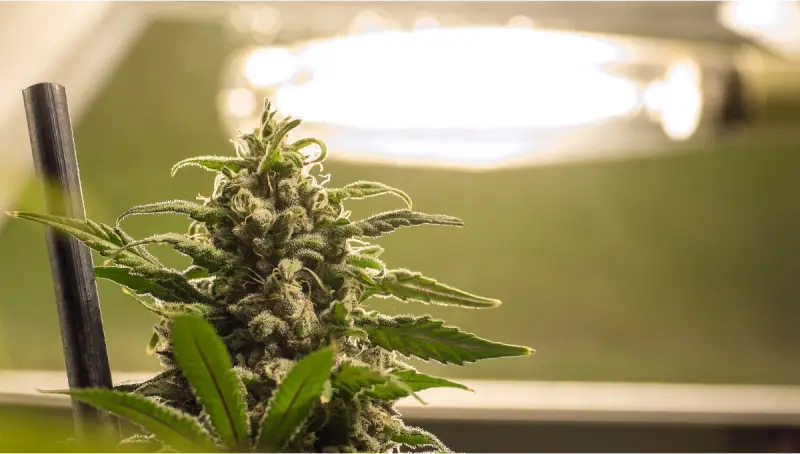
Your plants are burned typically due to the following reasons:
Your LEDs Are Too Close to Plants
Positioning your grow light too close to your plants is the main reason for burns. Grow lights emit heat, which harms your plant’s leaves and lessens their capacity to take in light. The plant will eventually perish as the damage becomes worse.
Therefore, you should adjust the distance if your grow lights are put too close to your crops. If the crops feel hot to the touch or if the soil is drying out all the time, your light is probably too close to the crops.
High Intensity
Another factor contributing to plant burns is an excessively high light intensity setting. Move the LED grow light farther away from your plants if it lacks an intensity option.
The Casyoo LED grow light makes it easier for you to enjoy indoor gardening by offering adjustable light intensity.
Long-running grow lights have the potential to get hotter. For this reason, you shouldn’t keep your grow lights on all the time. Plants also require a respite from heat and light. Just make sure you adhere to the lighting schedule for your specific plant.
Overlapping Placement
Certain plants benefit from intense direct or indirect light, but they are unable to use all of that light as energy. Too much energy can eventually lead to thermal issues. Furthermore, plants will utilize the water that they have access to to regulate their own temperature, which may lead to a lack of water. In small spaces, overlapping grow lights often hinder light from entering. It can cause the temperature to spike.
Poorly Designed LED Grow Lights
Poorly designed LED grow lights have a higher heat output and a higher fire risk because they feature low-quality drivers, chips, and heat sinks.
Buy your grow lights from reliable LED grow light manufacturers. In this way, the quality of the parts they utilize in their grow lights can be guaranteed.
How To Prevent LED Grow Lights from Burning Your Plants?
Now that you are aware of the signs that LED grow lights are burning plants, let’s talk about what you can do to avoid this.
Keep an Appropriate Distance Between the Lights and Plants
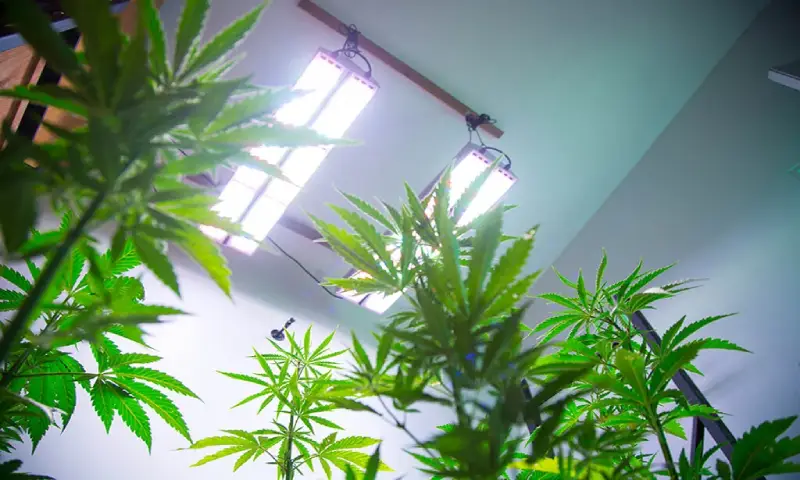
Review the instructions that come with your particular LED grow light because different manufacturers may have different suggestions for the best hanging height.
Monitor the Temperature and Humidity
When combined with excessive humidity, the heat produced by the majority of LED grow lights can cause plants to burn or become stressed. Therefore, make sure your indoor garden is at the proper humidity and temperature and try to maintain it. Use a thermometer and a hygrometer, respectively, to measure the temperature and humidity.
Maintain Proper Ventilation and Airflow
Having enough ventilation and airflow in your area can help heat dissipate more quickly and provide the ideal environment for your plants to flourish. Thus, to reduce heat buildup, consider utilizing fans or heat sinks.
Adjust Light Intensity
Burns and heat stress will result from the high intensity of light. Since the majority of LED grow lights are dimmable, you can dim the light to reduce heat emission.
Make Use of Light Reflectors
Plant burns could happen if your LED grow lights are positioned too close to the plant. You can use light reflectors to maximize light output, such as aluminum foil and reflective panels.
Enhance Watering and Nutrient Management
If your plant receives the right nutrients and water, it should develop to its full potential and not burn. Also, heat induces evaporation and transpiration, thereby raising water demand. To assist your plant to resist heat stress, give it enough water and nutrients.
Check Your Plants Regularly
It is important for indoor gardeners to carefully check their plants for burns or symptoms of stress. The three most crucial conditions to keep an eye on are discoloration, dryness, and withering of the leaves. And if you see such things, make the necessary adjustments to the illumination or the growing environment.
Final Thoughts
All in all, the heat generated by grow lights can burn your plants, even LED grow lights. You should monitor your plants and make sure there is always enough distance between the canopy and the lights. In this way, it is less likely to burn your crops.
At Casyoo, we provide high-quality LED grow lights with superior Meanwell heat sinks, dimming options, and adjustable hanging height, which are less likely to burn your plants if you use them correctly. Contact us to get the best lighting.

